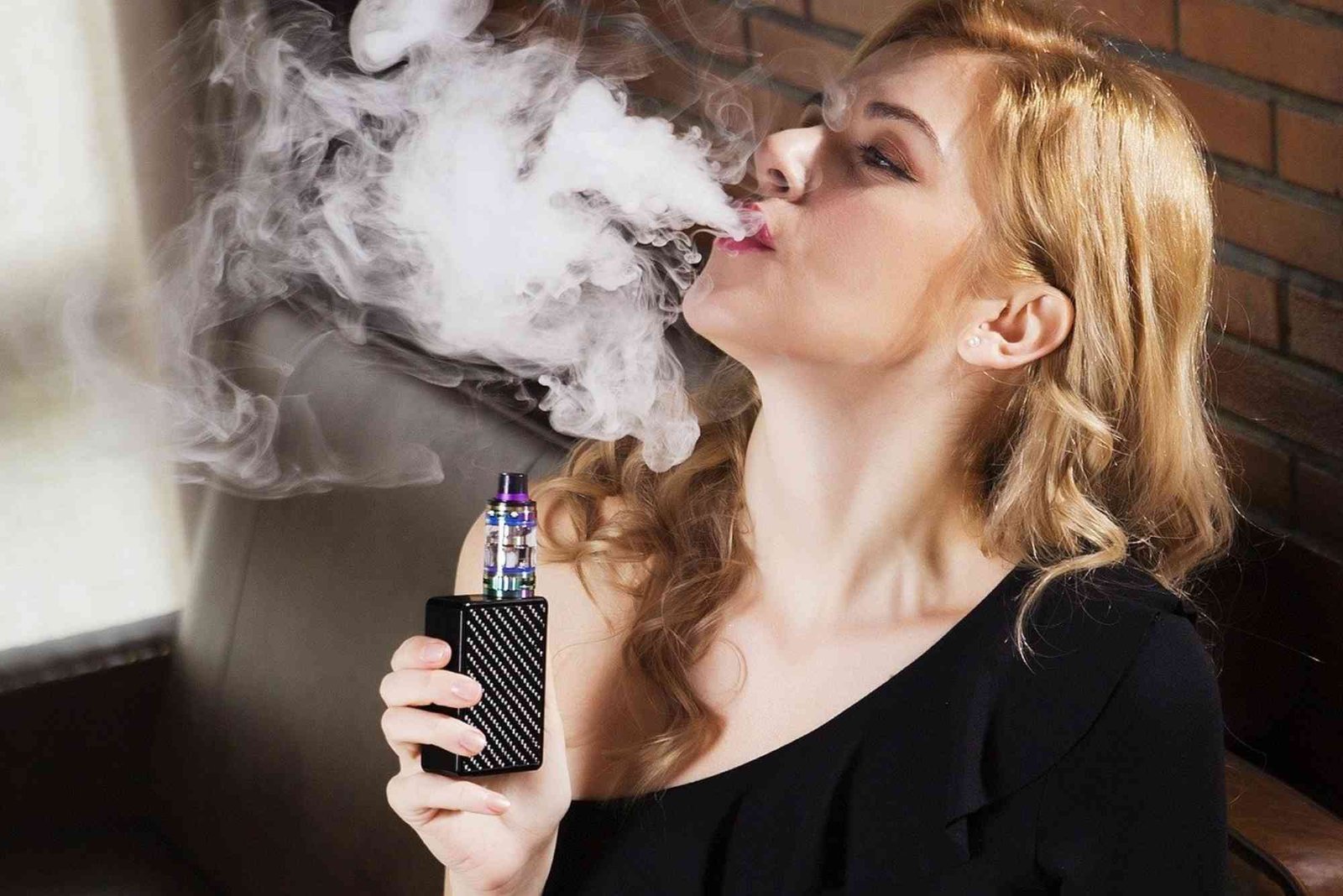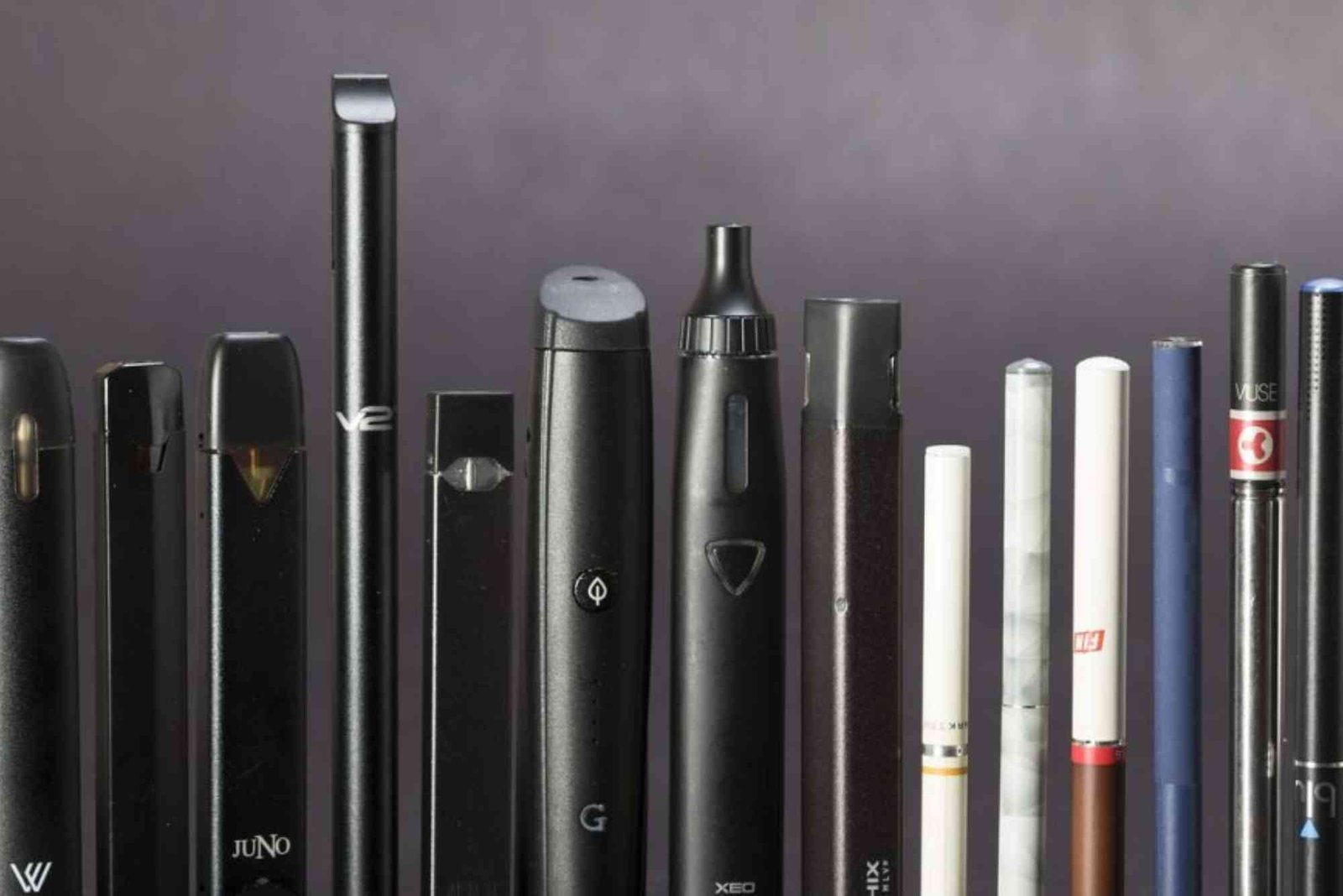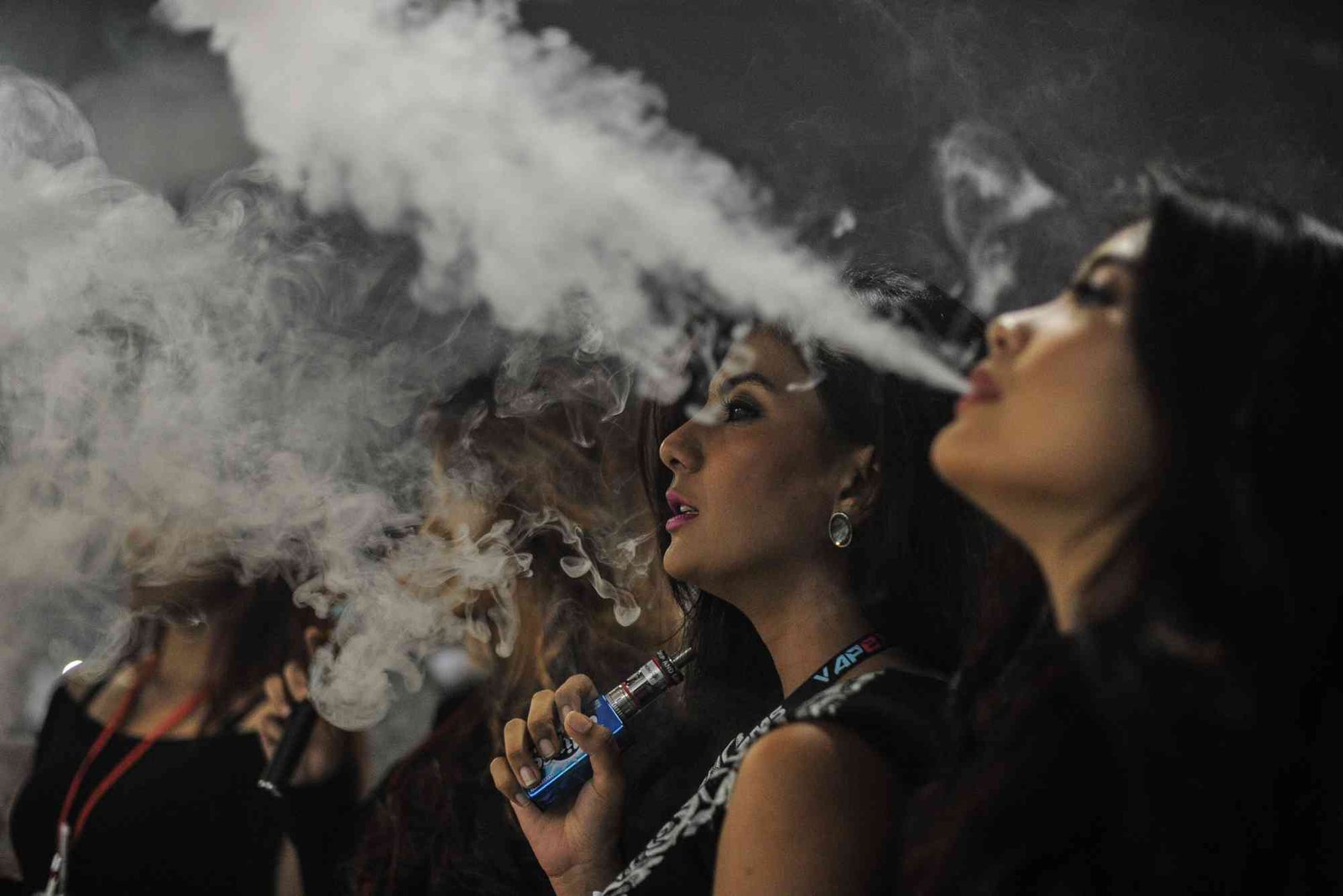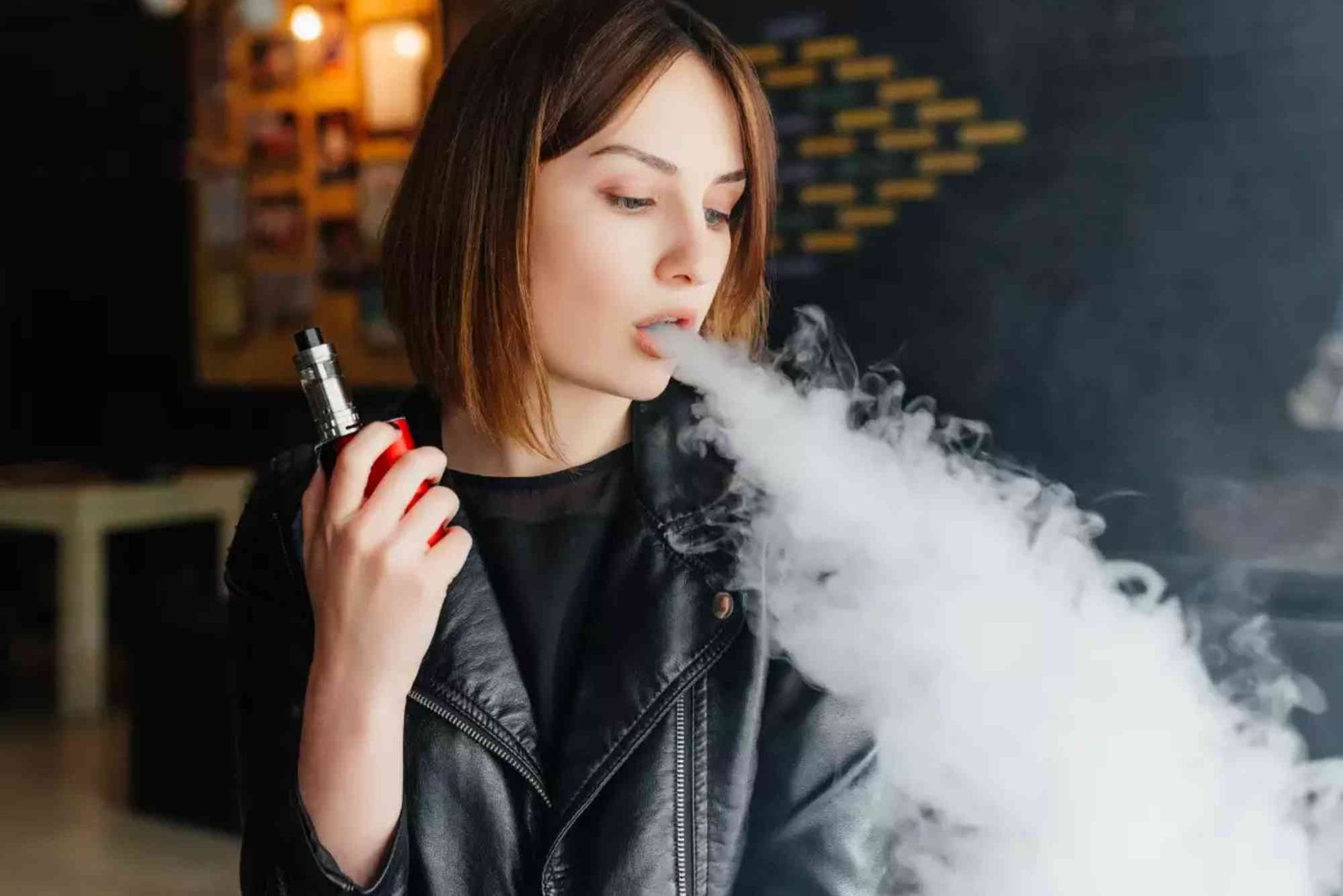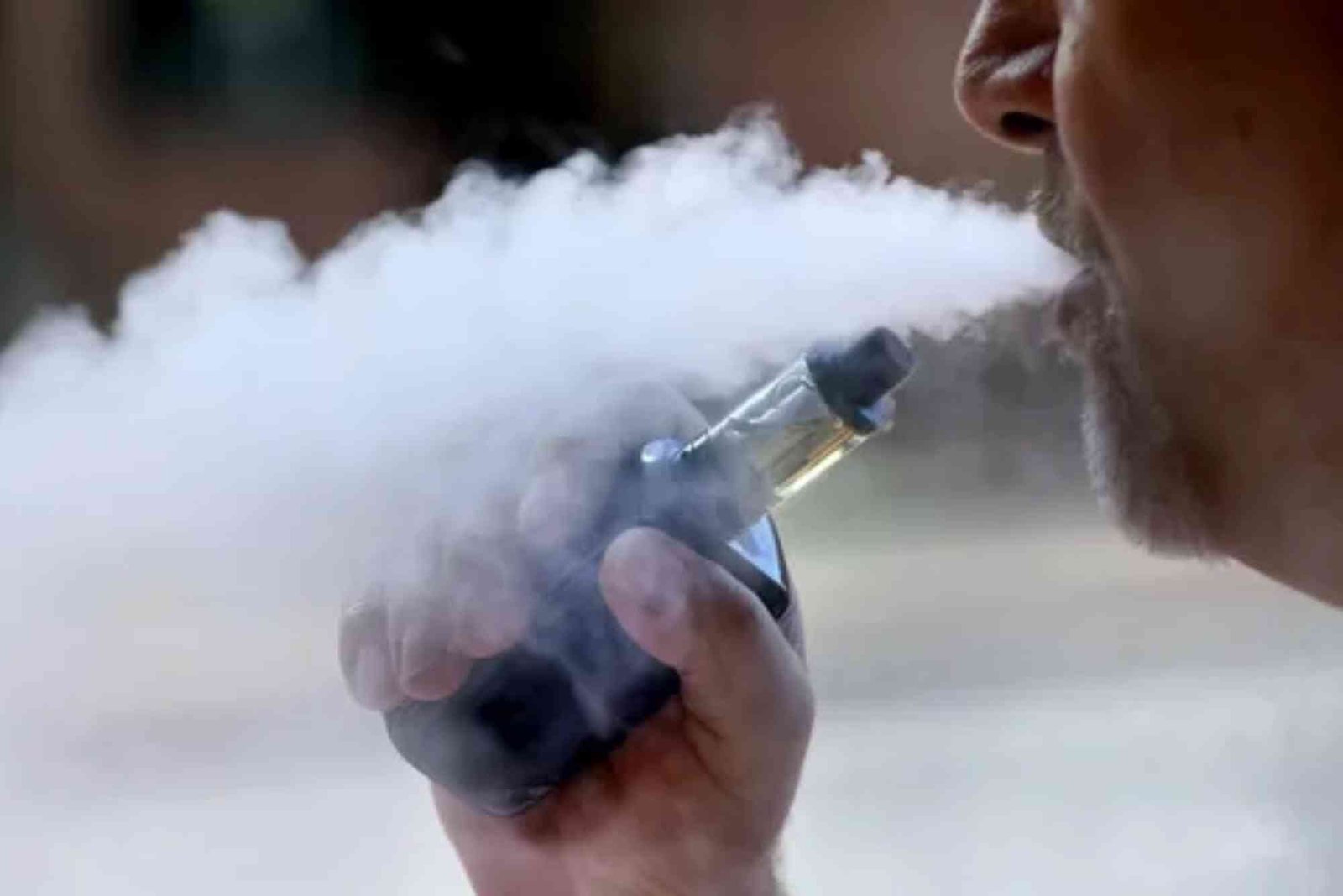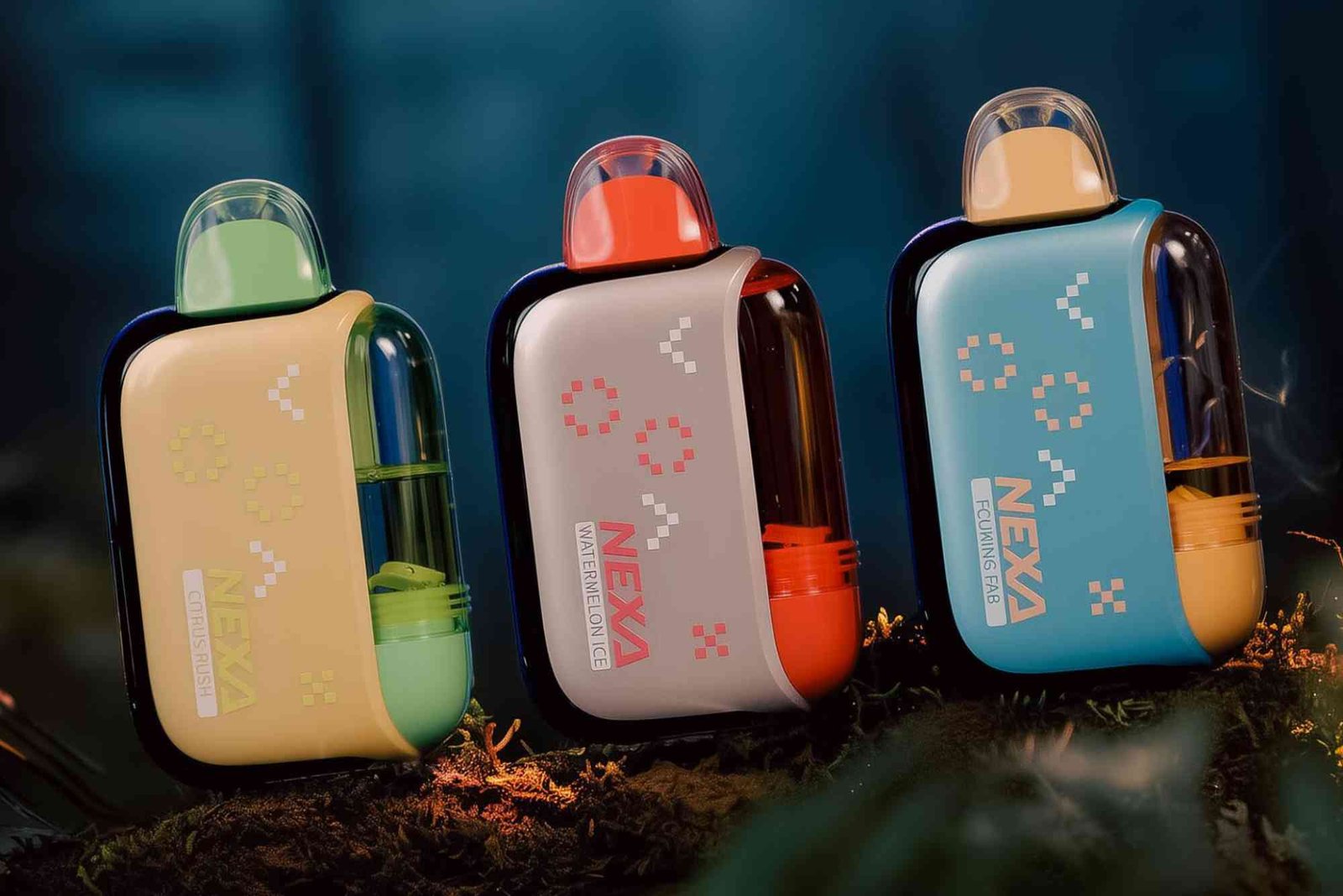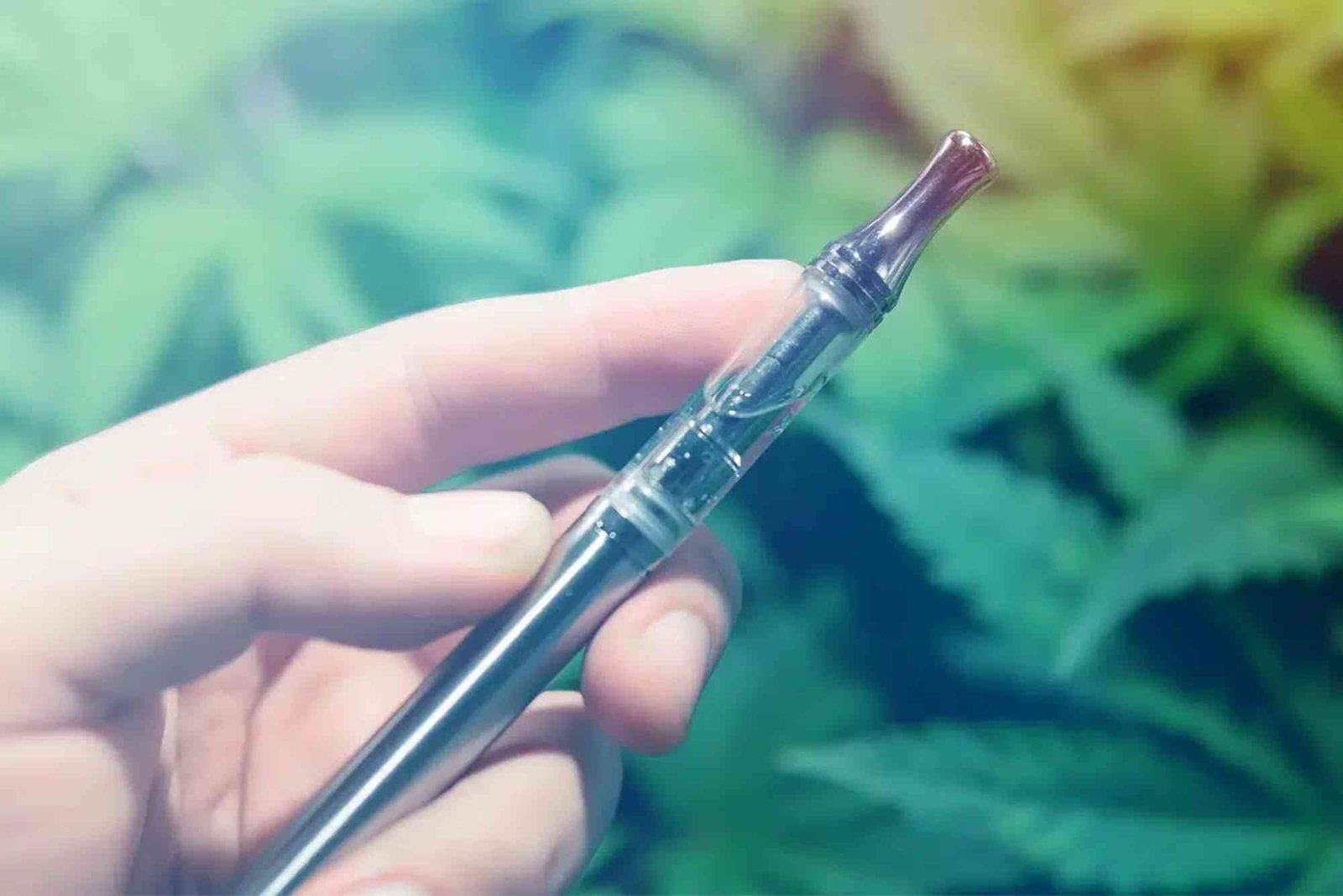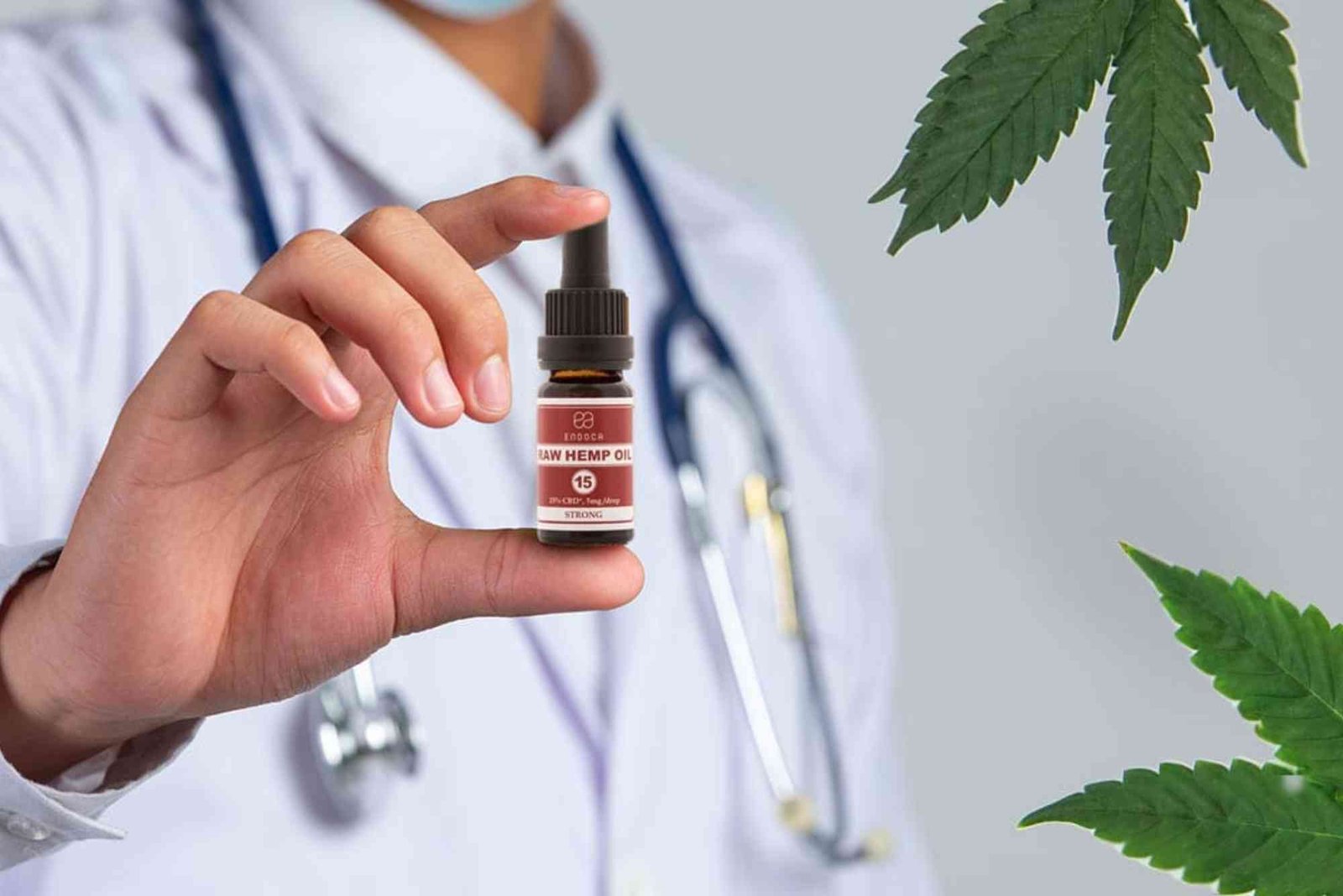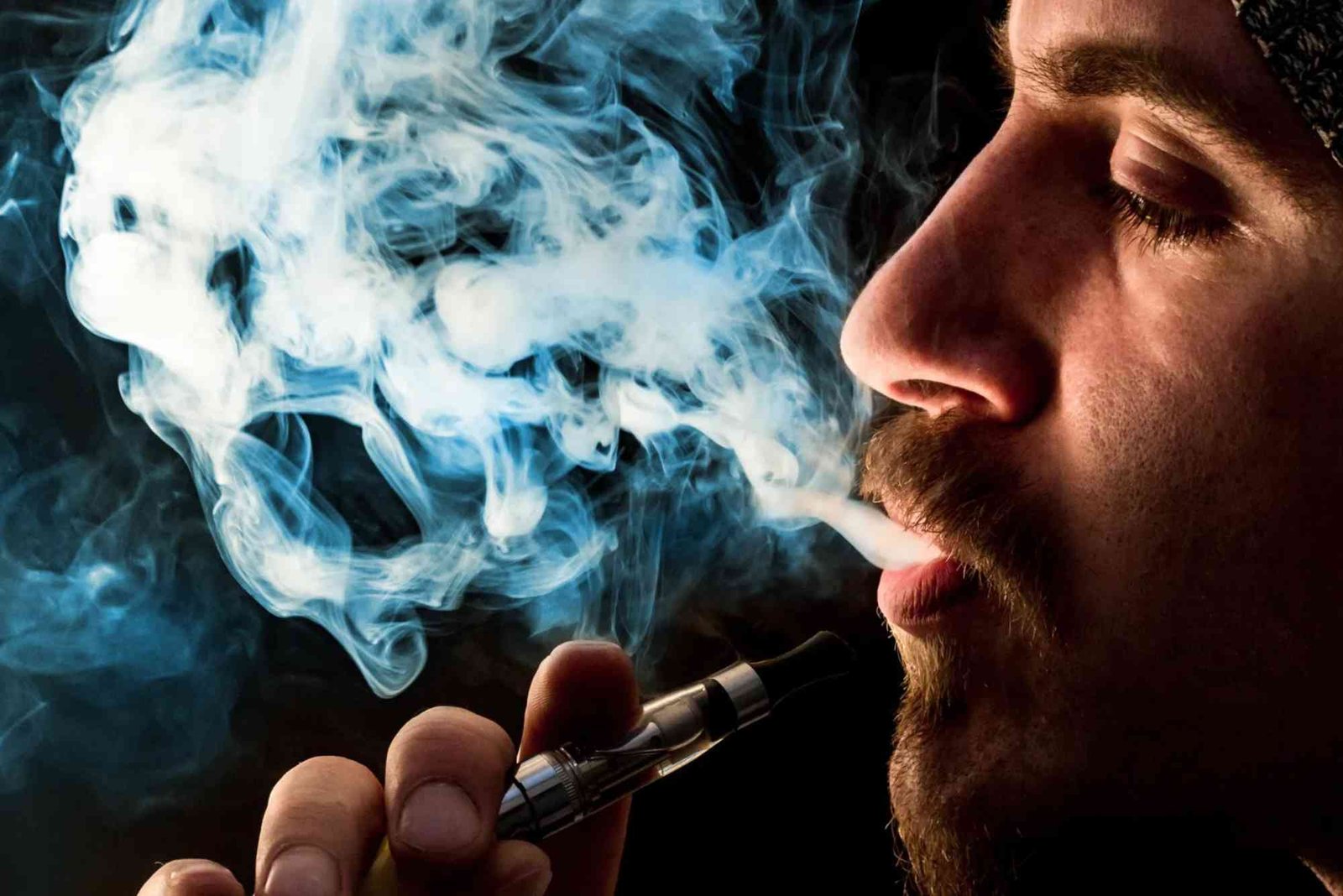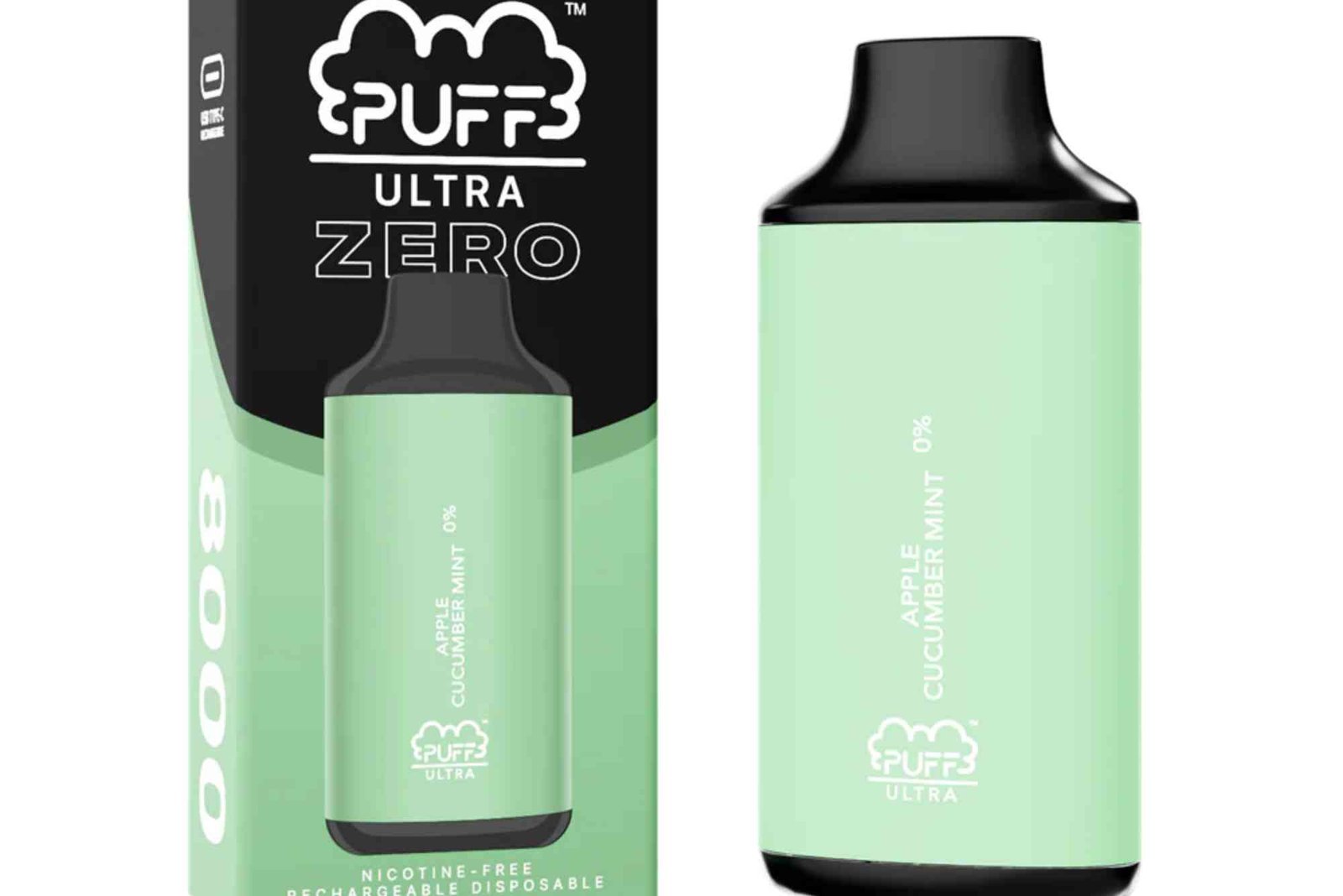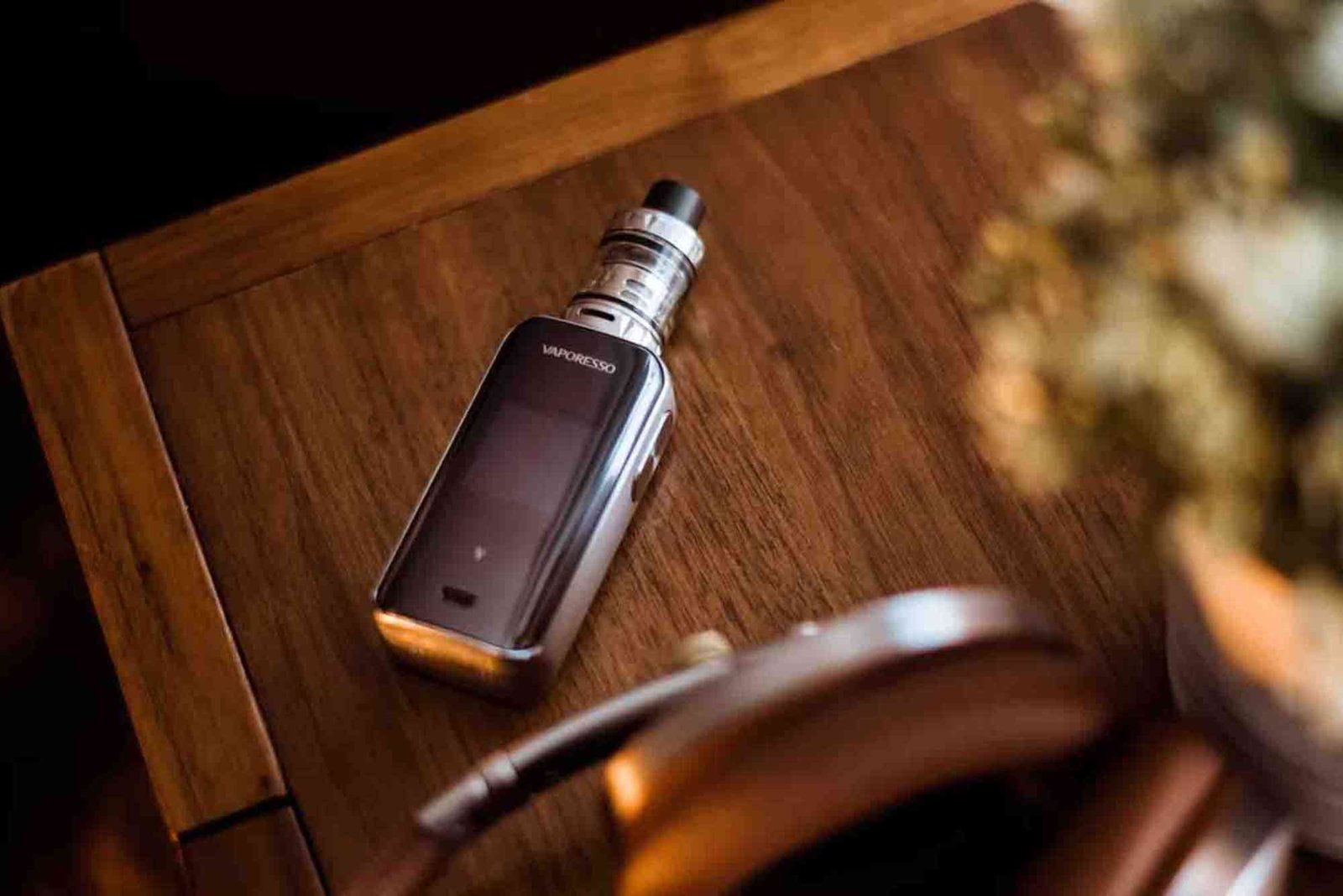How to Inhale Properly When Vaping
If you’ve just stepped into the world of vaping or are looking to perfect your technique, understanding vaping inhalation techniques is a crucial first step. Unlike smoking, vaping offers a smoother experience—one that depends largely on how you inhale. The right inhalation method not only enhances flavor but also improves nicotine satisfaction and overall satisfaction.
Vaping is more than just puffing clouds. Each device and e-liquid combination requires a tailored approach to inhaling. Whether you’re a beginner or a seasoned vaper, mastering the right vaping inhalation techniques will significantly elevate your experience. This guide breaks down the science, techniques, and common mistakes, ensuring you vape the right way every time.
Understanding Vaping Inhalation
Vaping works by heating e-liquid into vapor, which is then inhaled. However, how you inhale affects everything—from throat hit to cloud production and nicotine delivery. There are two primary inhalation techniques in vaping: mouth-to-lung (MTL) and direct-to-lung (DTL). Each method suits different vaping styles, devices, and preferences.
Mouth-to-Lung (MTL) Inhalation
MTL inhaling is similar to how one smokes a traditional cigarette. You draw the vapor into your mouth, hold it briefly, then inhale it into your lungs. This method is ideal for higher nicotine strengths and for people switching from smoking. It’s also more discreet, as it produces less vapor.
MTL vaping suits devices with tighter airflow and higher resistance coils. These setups mimic the resistance of cigarettes and deliver a stronger throat hit, which many former smokers appreciate. MTL is all about controlled puffs and flavor concentration, perfect for nicotine salts and 50/50 e-liquids.
Direct-to-Lung (DTL) Inhalation
DTL is a method where you inhale the vapor directly into your lungs, much like taking a deep breath. This technique is used with sub-ohm devices, which have lower resistance coils and more open airflow. DTL vaping produces thick clouds and smooth hits, especially with low-nicotine e-liquids.
DTL devices work best with high-VG e-liquids. These liquids produce more vapor and are less harsh on the throat. Because of the volume of vapor being inhaled, the nicotine strength should usually be low—around 3 to 6 mg.
How to Choose the Right Inhalation Technique
Choosing the right technique depends on several factors, including your vaping goals, the device you’re using, and the type of e-liquid. If you’re transitioning from cigarettes, start with MTL. It offers a familiar feel and satisfies nicotine cravings effectively. On the other hand, if you’re after cloud chasing or enjoy lower nicotine levels, DTL might be your style.
Also consider the coil resistance, airflow setting, and nicotine strength. Devices built for MTL have coil resistances of 1 ohm or higher, while DTL devices typically have coils under 0.6 ohms. Your e-liquid’s PG/VG ratio plays a part too—MTL pairs well with 50/50 blends, and DTL works better with 70/30 VG/PG.
Best Practices for Effective Vaping Inhalation
Start Slow and Steady
Vaping isn’t about quick puffs like a cigarette. Take your time with each inhale. With MTL, a 2-3 second draw into the mouth followed by a calm inhale into the lungs works best. For DTL, inhale smoothly for about 3-5 seconds directly into your lungs, then exhale.
Control Your Breathing
Many new vapers make the mistake of drawing too hard. Vaping requires a gentle inhale. Overdrawing can flood the coil or cause spitback. Focus on breathing naturally, and let the device do the work.
Adjust Airflow and Wattage
Your device’s settings matter. A tighter airflow helps with MTL techniques and intensifies flavor, while open airflow is better for DTL, making vapor production smoother. Similarly, the wattage should match your coil’s rating—too high and you’ll burn the coil; too low and you’ll get poor vapor.
Be Mindful of Nicotine Strength
Too much nicotine inhaled too quickly can cause dizziness or nausea. If you’re using high nicotine e-liquids, stick to MTL. For DTL, lower nicotine ensures a smooth experience without harsh throat hits or discomfort.
Common Inhalation Mistakes to Avoid
One of the biggest mistakes is treating vaping like smoking. Unlike cigarettes, you don’t need fast, shallow puffs. Another error is using the wrong technique for your device. Trying DTL on a pod system designed for MTL will result in coughing and burnt hits. Similarly, using high-nicotine juice in a sub-ohm tank can overwhelm you.
Poor coil priming is another issue. Always let your coil soak in the e-liquid before your first puff. Failing to do so causes dry hits and coil damage. Finally, don’t hold vapor in your lungs longer than necessary—it doesn’t improve absorption and may make you feel lightheaded.
Optimizing Flavor and Vapor Production
Once you’ve mastered the basics of vaping inhalation techniques, you can fine-tune for the best flavor and cloud performance. This means using quality e-liquids, maintaining your device, and matching your technique to the setup.
Change your coils regularly—old coils ruin taste and vapor. Keep your device clean, especially the mouthpiece and tank. Experiment with different PG/VG ratios and flavors to find what suits your palate.
Breathing techniques can also enhance your experience. With MTL, exhale through your nose for a richer flavor. With DTL, slow and deep exhales produce more impressive clouds.
Safety Tips While Inhaling Vapor
Vaping is widely considered a safer alternative to smoking, but inhalation still needs to be done responsibly. Always use authentic devices and trusted e-liquids. Avoid chain vaping—give your coil time to cool between puffs. This preserves coil life and prevents overheating.
Listen to your body. If you feel dizzy, your nicotine level may be too high, or you might be inhaling too deeply. Hydration also plays a role. Vapor can dry out your mouth and throat, so drink water regularly.
The Role of Temperature and Wattage
Different flavors unlock at different temperatures. This means your wattage and coil type directly influence your inhale quality. If you’re using variable wattage mods, try adjusting in small increments. Start at the low end of your coil’s range and increase slowly.
Lower wattage provides cooler, smoother hits—great for MTL. Higher wattage gives warmer, denser vapor—ideal for DTL. Pairing wattage correctly with your inhalation technique can bring out the best from your juice.
Breathe Easy with Better Vaping Inhalation
Mastering vaping inhalation techniques doesn’t just make your sessions more enjoyable—it also ensures safety, satisfaction, and optimal use of your device. From understanding the difference between MTL and DTL, to adjusting wattage, airflow, and nicotine levels, every detail contributes to a smoother, more rewarding experience.
The way you inhale defines your vaping style. So take the time to experiment, understand your setup, and perfect your approach. With practice, you’ll find the method that fits you best—delivering consistent flavor, satisfying hits, and impressive clouds.
FAQs
What’s the difference between MTL and DTL vaping?
Mouth-to-lung (MTL) vaping involves drawing vapor into your mouth before inhaling into your lungs, while direct-to-lung (DTL) inhaling bypasses the mouth and goes straight into the lungs. MTL mimics cigarette smoking, while DTL is more like taking a deep breath.
Why do I cough when I vape?
Coughing can be due to several reasons: high nicotine levels, incorrect inhalation technique, or harsh e-liquids. Try lowering your nicotine or switching to a more suitable device for your preferred inhalation method.
Is it better to inhale vapor through the nose or mouth?
Inhaling through the mouth is standard, but exhaling through the nose can enhance flavor perception. However, frequent nose exhales can cause irritation for some users.
How long should I inhale when vaping?
For MTL, inhale into the mouth for 2-3 seconds before taking it into your lungs. For DTL, inhale smoothly into your lungs for 3-5 seconds. Avoid forceful or rushed puffs.
Can vaping cause shortness of breath?
If you experience shortness of breath, it could be due to sensitivity to PG in your e-liquid or vaping too often. Consider switching to a lower-PG juice and take breaks between sessions.

